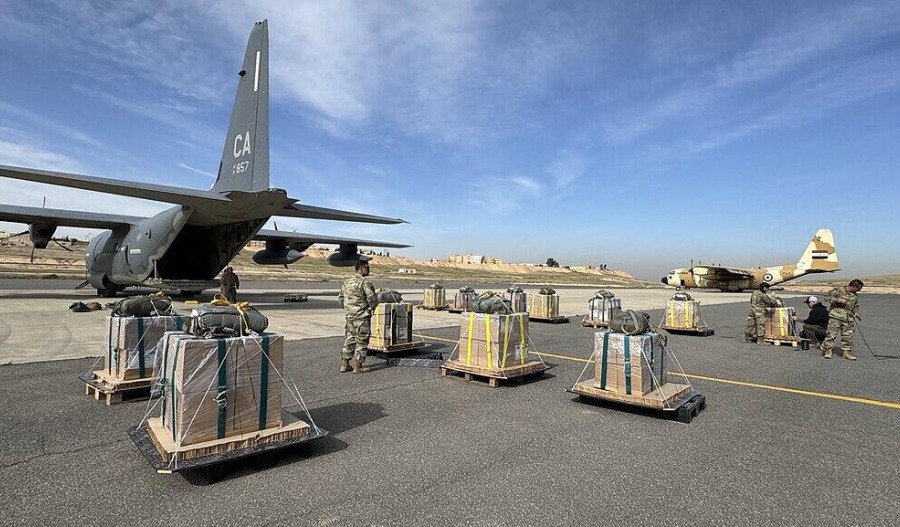Oil prices advanced more than 1% on Wednesday as heightened geopolitical tensions in the Middle East raised concerns about potential supply disruptions. The gains followed reports that Israel may be preparing to launch a strike on Iranian nuclear facilities, a move that could escalate regional instability.
By 3 pm AEST (5 am GMT) Brent crude futures for July delivery added $1.08 or 1.7% to $66.46 per barrel, while U.S. West Texas Intermediate (WTI) crude for July gained $1.10 or 1.8% to $63.13 per barrel.
CNN reported on Tuesday that new U.S. intelligence indicated Israel was preparing for a possible attack on Iran's nuclear infrastructure. Citing multiple American officials, the report noted that no final decision had yet been made by Israeli leadership.
The prospect of military action has added a layer of uncertainty to an already volatile market, particularly given Iran's role as the third-largest oil producer in the Organisation of the Petroleum Exporting Countries (OPEC).
An Israeli strike could disrupt Iranian oil exports and risk retaliatory measures, including potential closure of the Strait of Hormuz, a critical chokepoint for global oil shipments. Crude from Saudi Arabia, Kuwait, Iraq and the UAE passes through the Strait en route to global markets.
ANZ analysts commented in a note to clients: "Much of the focus has been on talks between the U.S. and Iran. The country’s supreme leader, Ayatollah Ali Khamanei expressed scepticism over discussions with the U.S. He said he doesn’t think negotiations will succeed and urged the Trump administration to stop talking nonsense.
The U.S. and Iran have held several rounds of discussions this year over Tehran's nuclear ambitions, with the Trump administration intensifying sanctions on Iranian crude exports in a bid to pressure the regime. Despite the talks, statements from both the U.S. and Ayatollah Khamenei on Tuesday signalled that the two sides remain far from resolving their differences.
On the data front, American Petroleum Institute (API) suggested a mixed picture for U.S. oil supply. Crude oil inventories rose by 2.5 million barrels for the week ending 16 May, well ahead of an expected 1.85 million barrel draw.
Traders now focus on official inventory data from the U.S. Energy Information Administration (EIA), expected later Wednesday.



